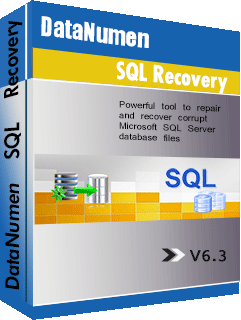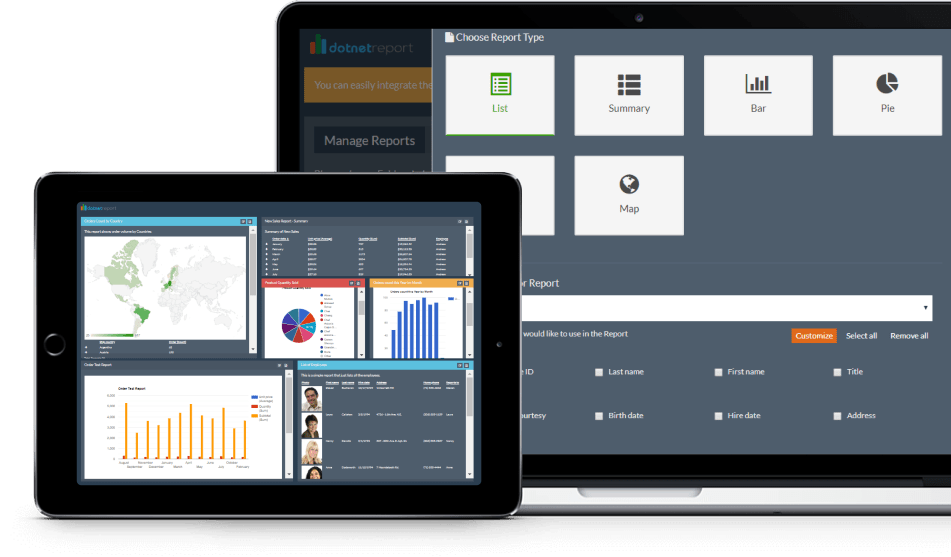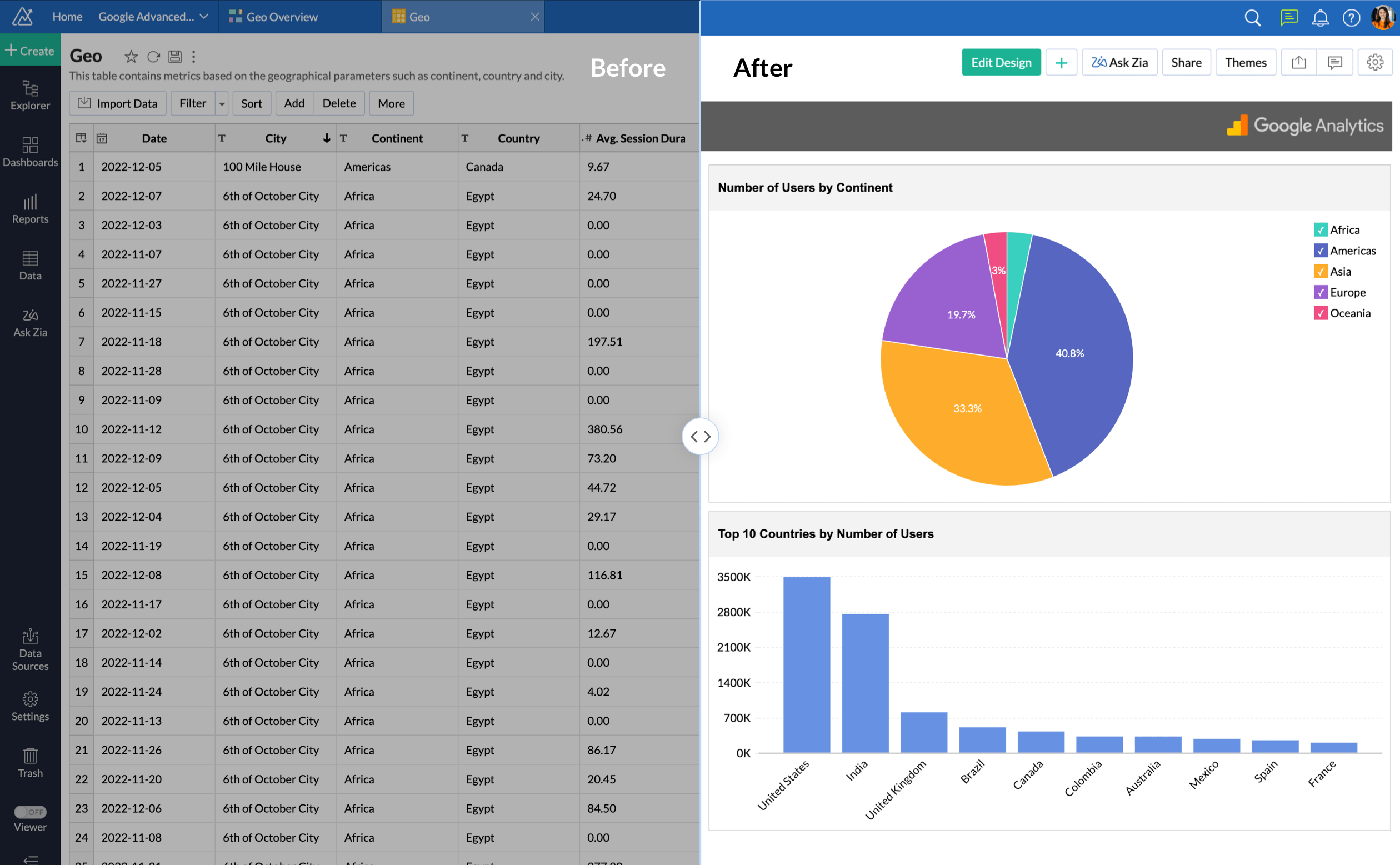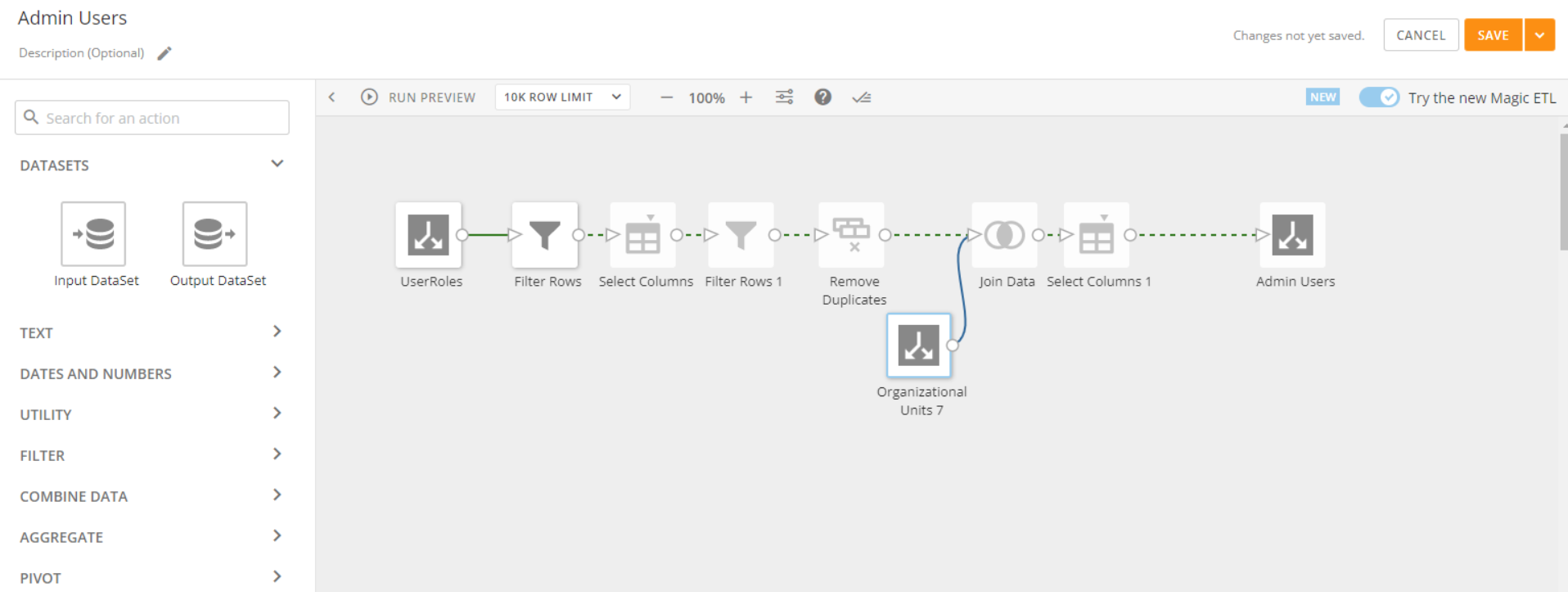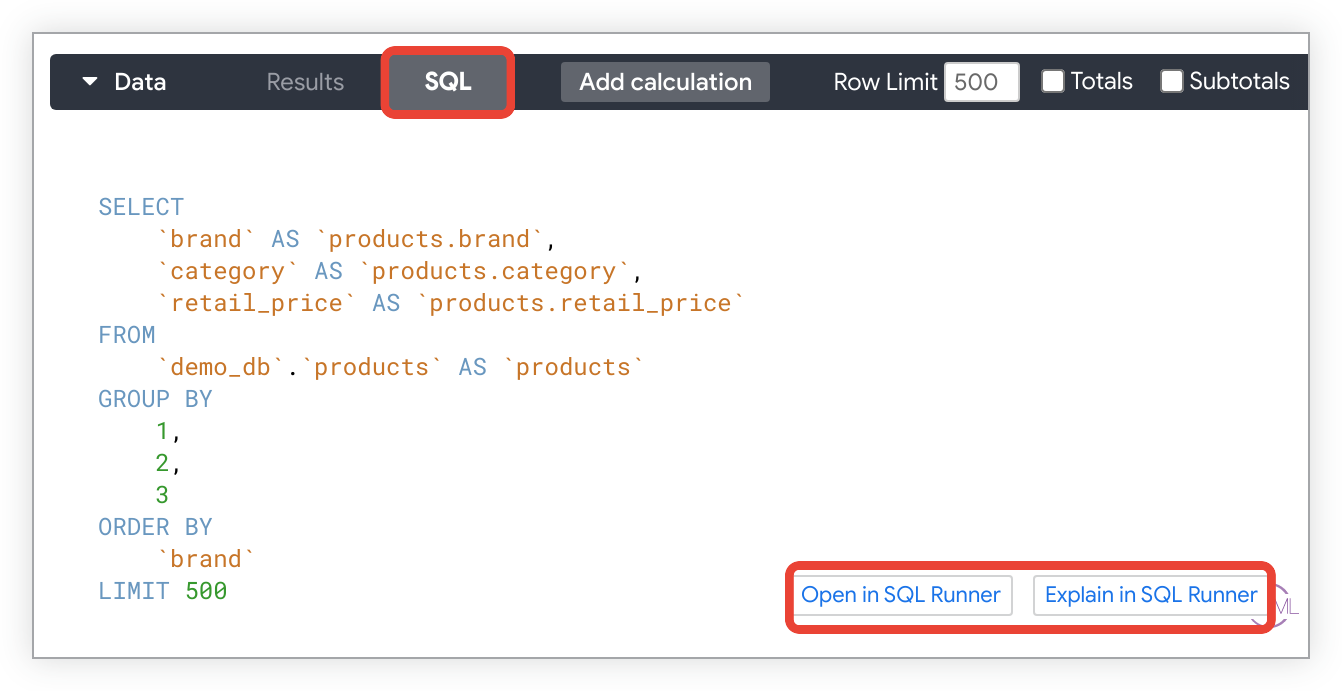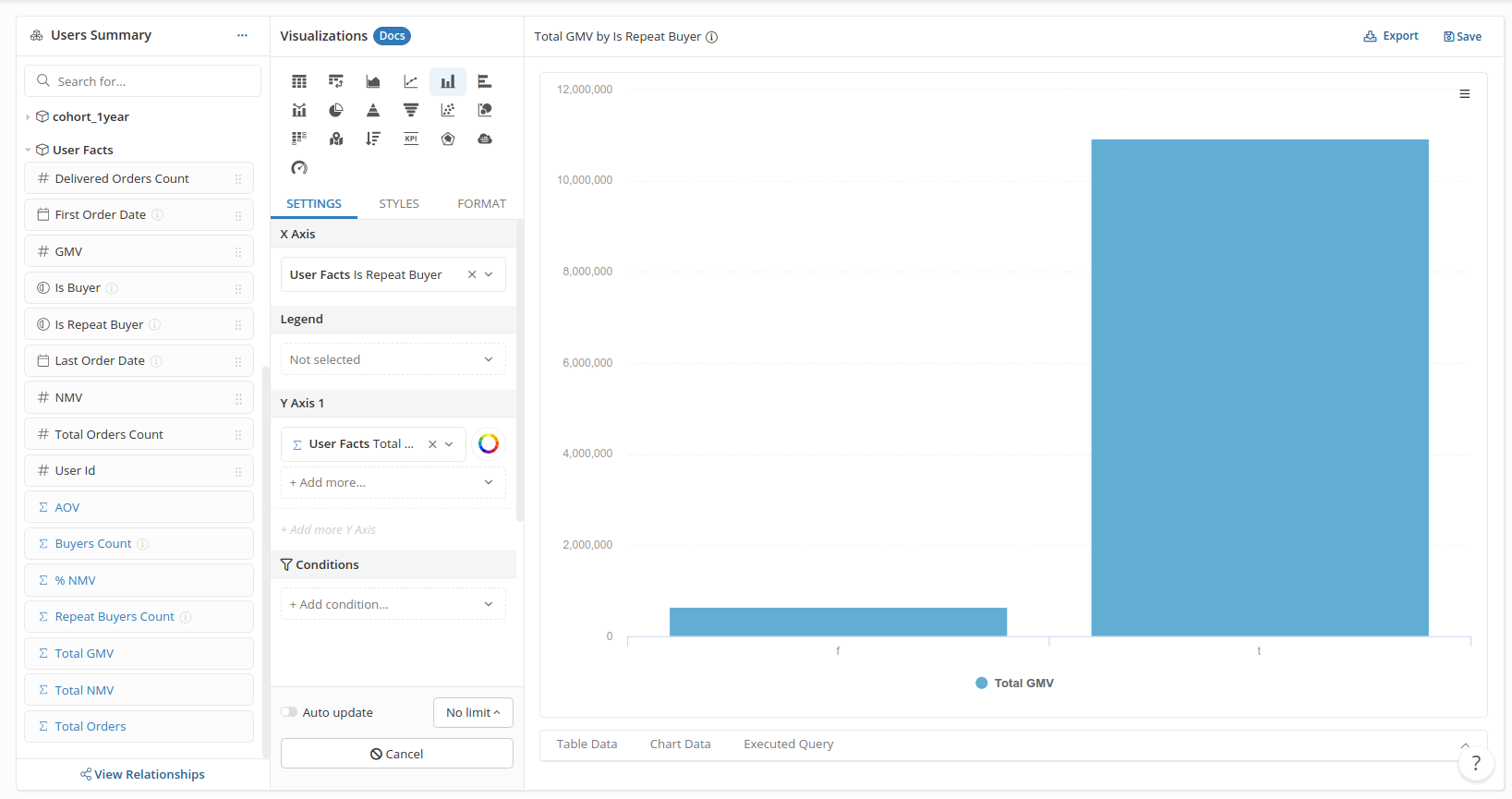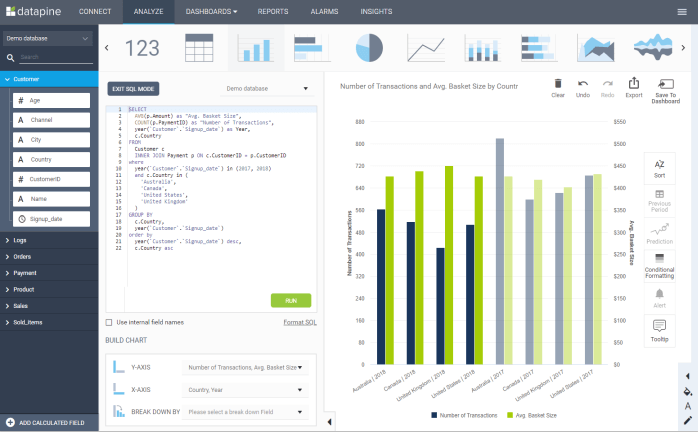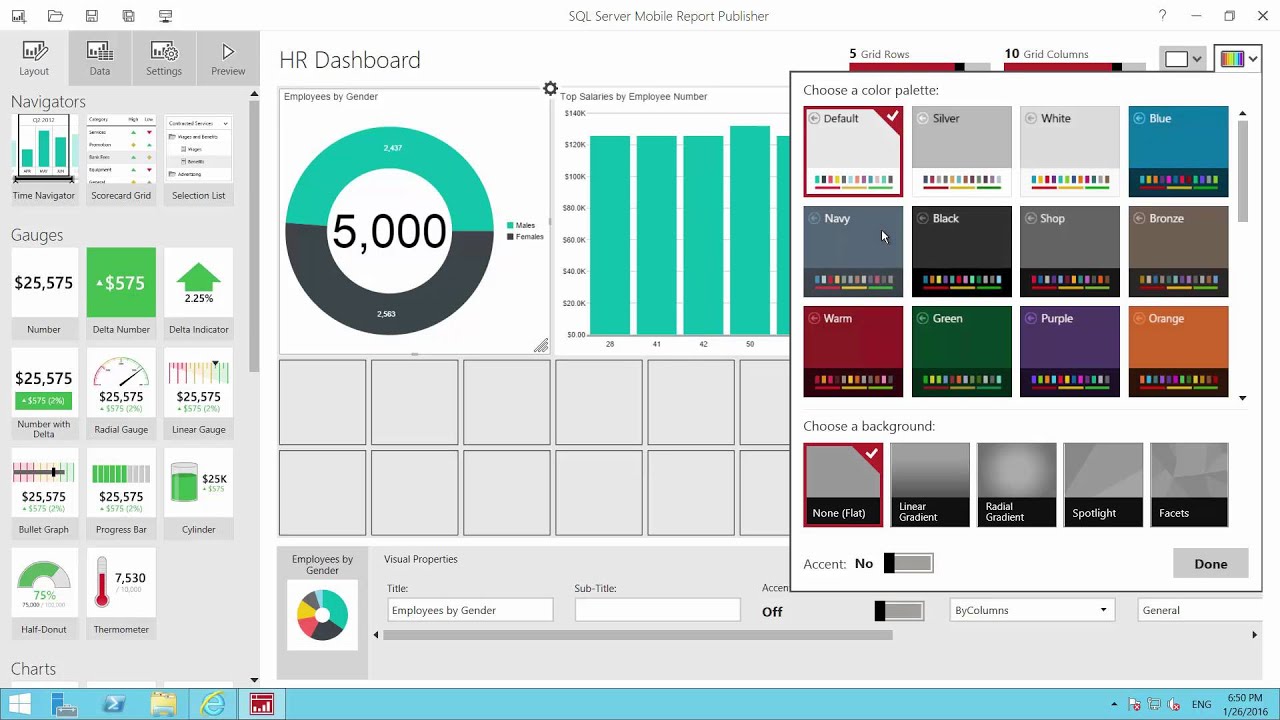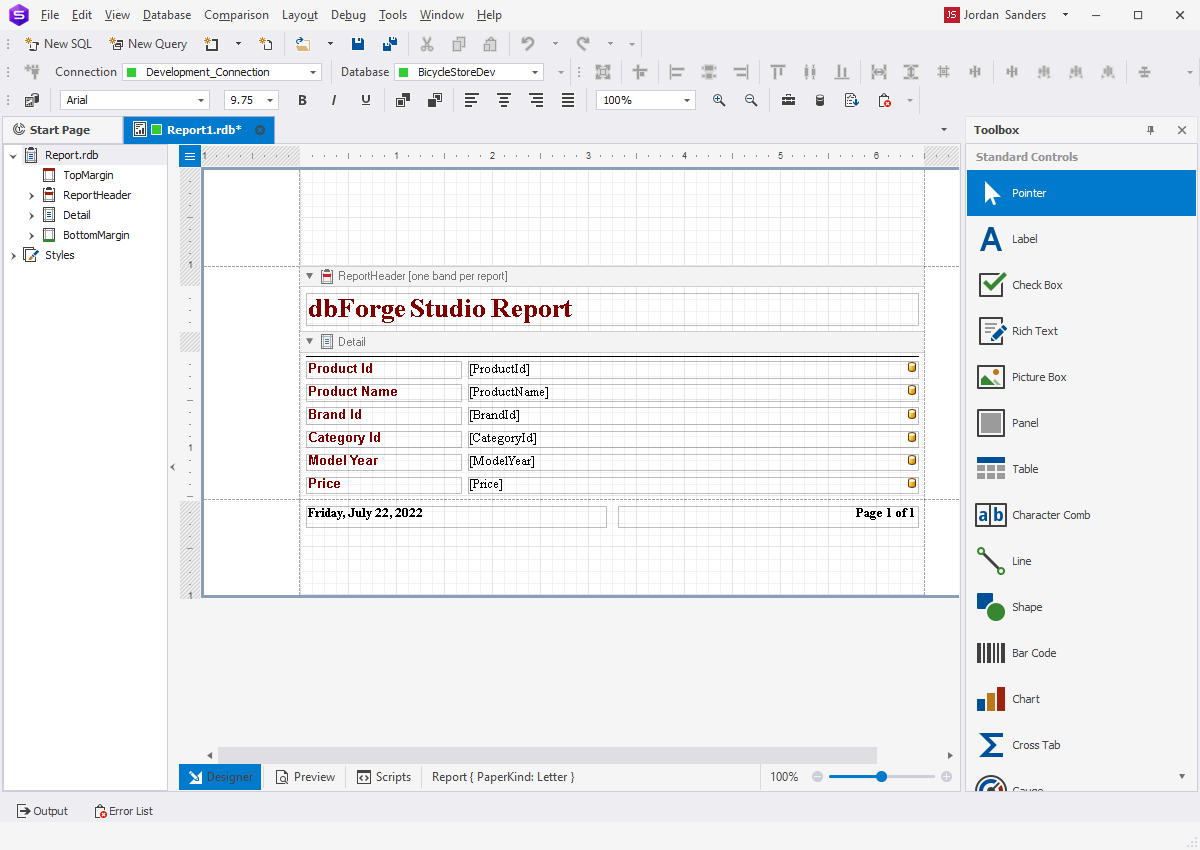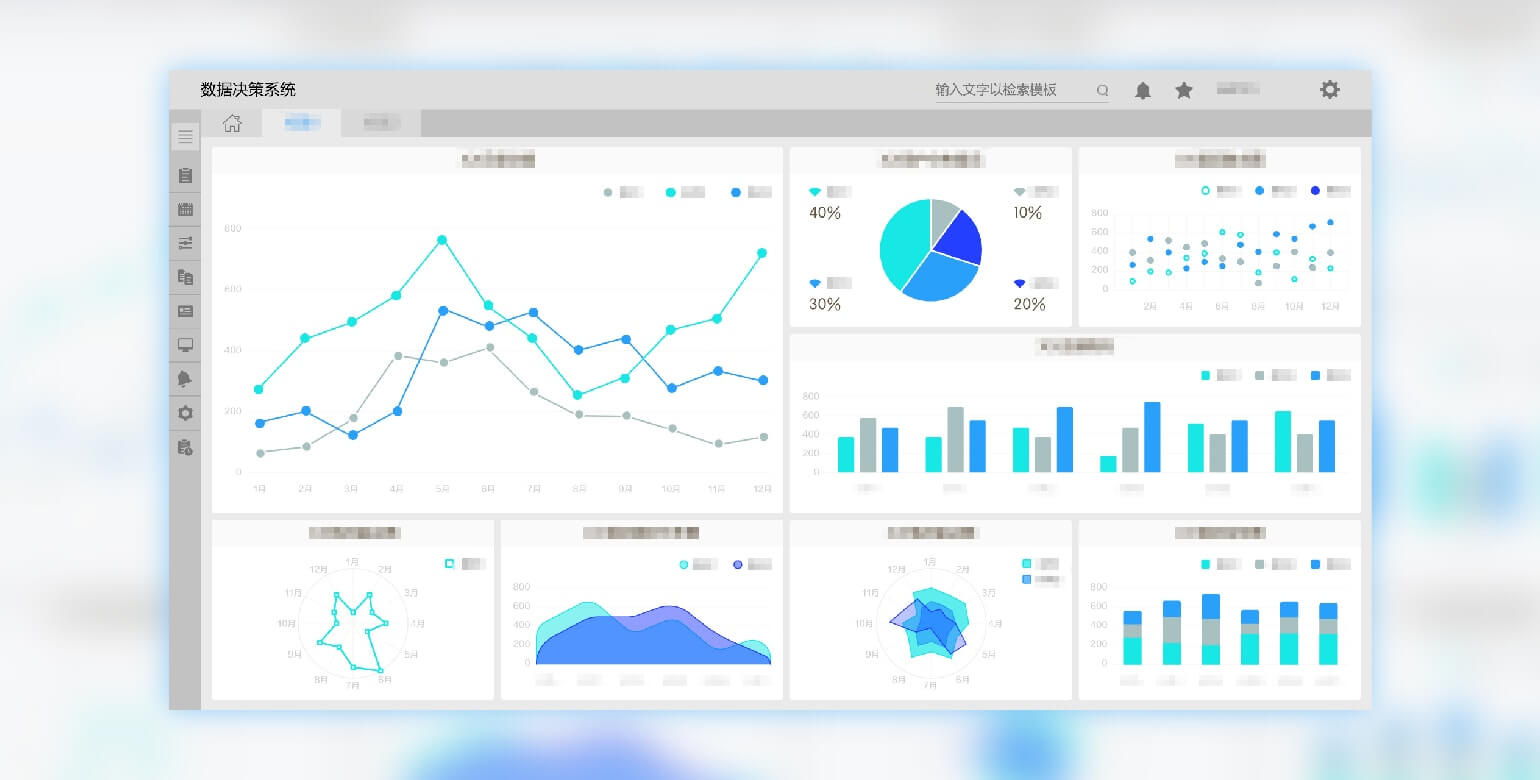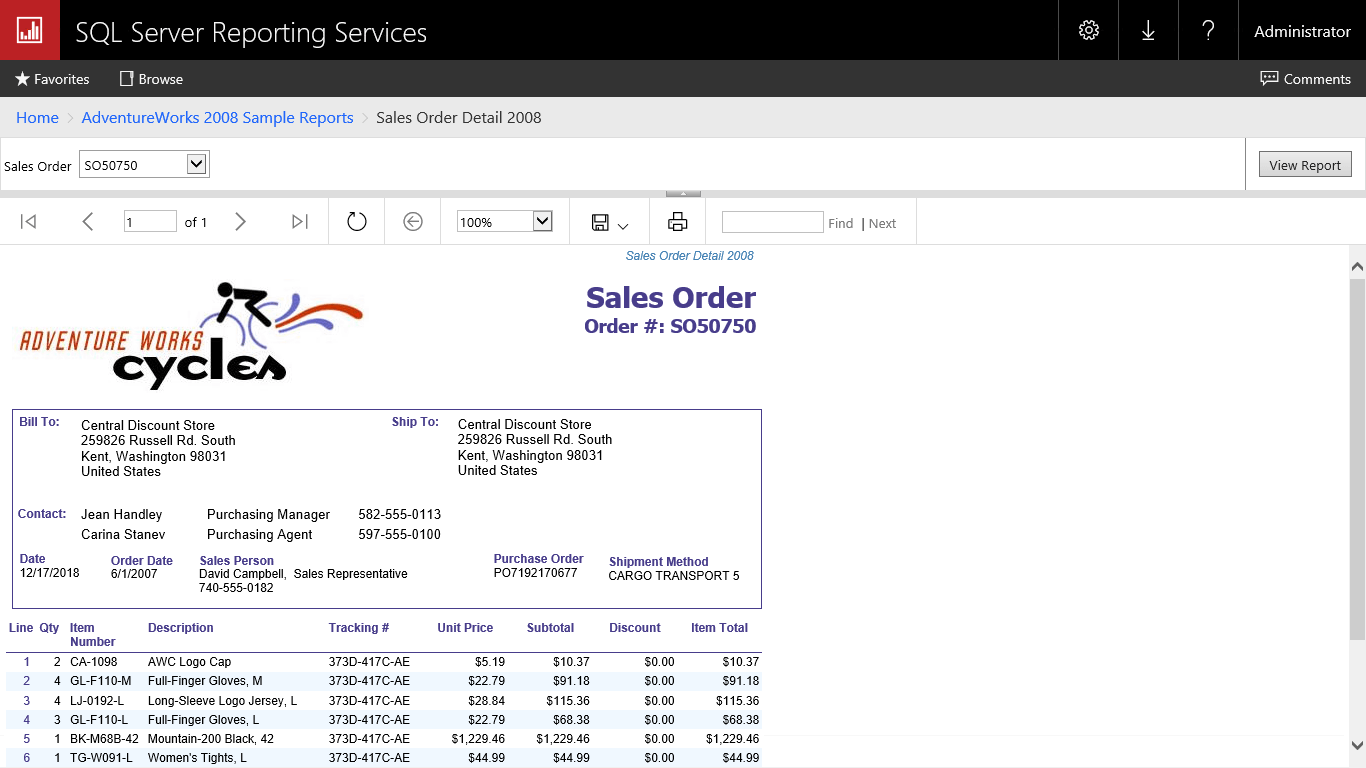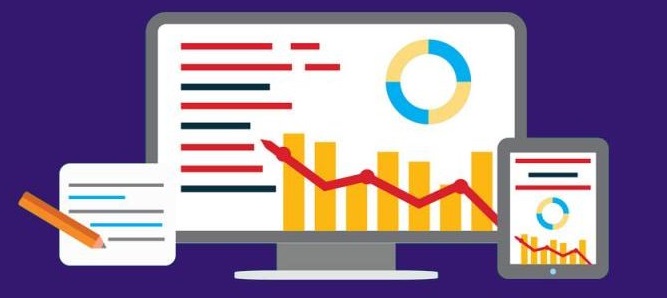1. Introduction
Microsoft SQL Server (MS SQL) is one of the most versatile and widely used database systems worldwide. From small-scale businesses to large corporations, a range of industries rely on MS SQL to manage, utilize, and report their complex and voluminous data. This explains why choosing the right MS SQL reporting tool, which can extract and present useful information from these databases, is critical.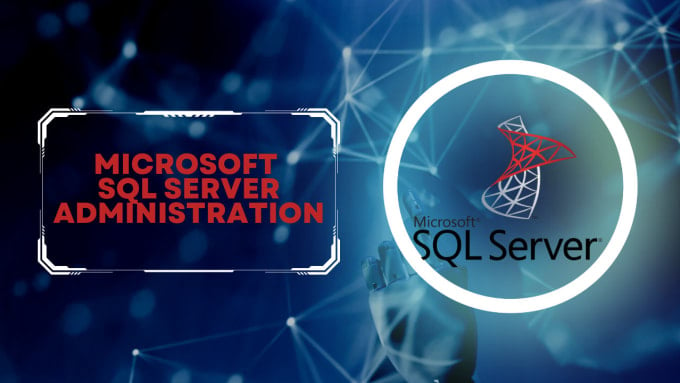
1.1 Importance of MS SQL Reporting tool
MS SQL Reporting tools play an invaluable role in today’s data-driven decision-making process. Good reporting tools allow businesses to convert raw data into meaningful insights. They enable data visualization, which further aids in identifying trends, spotting anomalies, and making correlations that are not easily discernable in unprocessed data.
A neat, well-presented report, generated by a competent tool, also makes it possible to share these crucial findings with other team members, stakeholders, and clients. This facilitates better communication, promotes informed decision making, and ultimately drives business growth. A reporting tool is therefore not just an accessory to your MS SQL Server, but a necessity.
1.2 Recover MS SQL Database
Apart from an effective reporting tool, most DBAs also need a powerful tool to recover corrupt MS SQL databases. DataNumen SQL Recovery is such a tool:
1.3 Objectives of this Comparison
Given the pivotal role of reporting tools and the wide array of options available in the market, making the right choice can be quite challenging. The aim of this comparison is to ease that decision-making process.
This comparison will succinctly present an overview of various popular MS SQL Reporting tools. Each tool will be examined in terms of its benefits and potential drawbacks. The end goal is to create a comprehensive guide that allows you to weigh the features, interface, ease-of-use, pricing, customer support, and other essential factors of different tools against your specific needs and help you pick the most suitable MS SQL Reporting tool for your business.
2. DotNetReport
DotNetReport is a cloud-based, ad hoc, business intelligence reporting tool that integrates seamlessly into any .NET application. It caters primarily to developers and offers them the flexibility to design and produce reports, with an easy-to-use interface for end users. The end users can then customize these reports per their business needs.
2.1 Pros
- Delegation to end-users: DotNetReport’s primary strength is that it allows end-users like business managers to generate, customize and manage their own reports without necessitating the aid of IT personnel or developers.
- Scalability: It is flexible and can be scaled to fit applications and businesses of different sizes and complexities.
- Easy to Integrate: It can be effortlessly integrated into any .NET application, making deployment a breeze.
- Support for Multiple Databases: DotNetReport supports various databases including SQL Server, MySQL, Oracle, and more. This provides the benefit of flexibility across different database platforms.
2.2 Cons
- Suitable for Developers: While it has a user-friendly interface for end-users, it is fundamentally tailored for developers. Consequently, non-tech savvy users might need some time to familiarize themselves with the tool and use it to its fullest potential.
- Lack of advanced visualizations: Although DotNetReport supports basic data visualizations, it might fall short for those requiring advanced or highly specialized graphic representations of their data.
3. Zoho
Zoho Reports is a self-service BI and data analytics tool offered by Zoho Corporation, widely known for providing comprehensive software solutions for businesses. It is cloud-based, enabling users to create insightful reports and dashboards independently, delivering a wealth of data-driven insights to facilitate decision-making processes.
3.1 Pros
- Comprehensive Reporting: Zoho Reports offers a wide array of reporting features including charting, pivot tables, KPI widgets, and a user-friendly drag-and-drop interface for easy report generation.
- Collaborative Capabilities: Reports and dashboards can be easily shared and even collaboratively created with colleagues and other stakeholders. This functionality enhances cross-functional cooperation and productivity.
- Integration: It provides a high level of integration with other Zoho apps and various other external applications, reinforcing streamlined data flow across business processes.
- Scalable: As a cloud-based solution, Zoho Reports offers scalability allowing businesses to scale their operations in line with growth.
3.2 Cons
- Complexity: Zoho Reports can be complex, especially for beginners or non-tech-savvy users. The learning curve could be quite steep and may require time and effort to fully exploit its features.
- Customer Support: Some users have reported slow responses from customer support service, which could delay operations for businesses in a crunch.
- Cost: When compared to other similar offerings in the market, Zoho Reports can be considered expensive, especially for small businesses or startups.
4. Domo
Domo is a powerful, cloud-based, business intelligence, and data visualization tool designed with the aim to provide direct, real-time access to business data for decision makers – without any need for IT intervention. It offers robust data integration, analysis, and visualization capabilities, helping businesses unlock the value of their data to make informed decisions.
4.1 Pros
- Data Integration: Domo offers strong data integration capabilities by being able to bring together and consolidate data from diverse sources into one platform.
- Real-time Data Access: It provides real-time access to business data, ensuring decision-makers always have the most recent data at their fingertips.
- Interactive Dashboards: It allows the creation of interactive dashboards that offer powerful and dynamic visual representation of data for easy assimilation of insights.
- Mobility: Has mobile optimization making it easier to access reports and other data on the go.
4.2 Cons
- High Cost: Domo’s pricing range can be higher compared to other similar tools in the market, which could be a barrier for smaller businesses or startups.
- Complexity: Domo has a wide variety of features and capabilities which can be overwhelming and complex for beginners or non-tech-savvy users.
- Lack of Advanced Reporting Features: While Domo provides great real-time data visualization capabilities, it lacks certain advanced reporting features like predictive analytics denoted by other tools in the same category.
5. Looker
Looker is a cloud-based, business intelligence platform that provides users with an intuitive, web-based interface for data exploration. It offers functionalities for data modeling, visualization, and powerful exploration of complex datasets. Purchased by Google in 2019, Looker is now fully integrated into Google Cloud’s ecosystem.
5.1 Pros
- Extensible Modeling Language: Looker uses its own language called LookML which allows data teams to describe the relationships in their database, enabling thorough and flexible data modeling.
- Integration: Looker integrates seamlessly with SQL databases like MySQL, PostgreSQL, Amazon Redshift, and more, offering wide-ranging compatibility with existing database systems.
- Data Exploration: Looker offers powerful data discovery features with easy-to-create visuals and dashboards, encouraging users to delve beyond pre-configured reports and explore data on-the-fly.
- Google Cloud Integration: Being a part of Google Cloud’s data suite, it is fully integrated with other Google services such as BigQuery and Google Sheets.
5.2 Cons
- Learning Curve: To harness the full potential of Looker, users are required to learn LookML, Looker’s proprietary modeling language. This could present a steep learning curve, especially for non-developers.
- Expensive: Looker’s pricing can be considered on the higher side, particularly for smaller businesses and startups.
- No ETL: Looker does not have in-built ETL (Extract, Transform, Load) capabilities. Hence, businesses might need to invest in additional ETL tools for transforming raw data before it can be analyzed in Looker.
6. Holistics
Holistics is a flexible and easy-to-use, cloud-based, Business Intelligence (BI) application that enables users to extract, report and share data from SQL Server databases. With its “Model-First” BI philosophy, it focuses on data modeling, business reporting and ad-hoc queries, simplifying data democratization and enabling users to derive actionable insights from their data.
6.1 Pros
- Data Extraction: Holistics supports automatic data extraction from SQL databases and prepares it for analysis, saving substantial time and efforts.
- Data Modeling: It offers invaluable features for data modeling, allowing end-users to directly query the data model, instead of crafting complex SQL codes.
- Ad-hoc Queries: Holistics promotes spontaneous, on-demand data queries, fostering a culture of data curiosity and exploration within an organization.
- User-friendly Interface: The platform’s intuitive interface allows users to quickly create and share high-quality reports and dashboards, irrespective of their technical expertise.
6.2 Cons
- No Native Data Storage: Holistics doesn’t store data but pulls it from the connected database on the go. Although this ensures data consistency, it might lead to slower reports in case of large databases.
- Dependent on SQL Knowledge: While Holistics simplifies SQL querying with features like data modeling, those without SQL background might take longer to fully harness its capabilities.
- Lack of Advanced Visualizations: Compared to other tools in this category, Holistics may fall short in terms of advanced visualization capabilities.
7. Datapine
Datapine is an innovative, cloud-based BI tool that aims to provide companies of all sizes with smarter data insights. It offers capabilities for comprehensive data analysis, real-time dashboards, and reporting. Its SQL Report Builder focuses on empowering users to make meaningful business decisions in less time.
7.1 Pros
- Usability: Datapine offers a user-friendly interface that enables even non-technical users to analyze complex datasets and create insightful reports with relative ease.
- Real-time dashboards: The provision of real-time interactive dashboards allows users to keep track of business performance indicators dynamically.
- Advanced Data Analytics: Datapine’s platform includes advanced analytics capabilities like predictive analytics, scenario analysis, and more, providing businesses with forward-looking insights.
- Highly Customizable: The tool allows a high degree of customization in reports and dashboards, meeting diverse business needs.
7.2 Cons
- Learning Curve: While it is user-friendly, beginners might face a steep learning curve due to the many features and functionalities offered by Datapine.
- Expensive: Datapine’s pricing model can be expensive especially for small businesses or startups.
- Complex setup: Some users might find the initial setup and configuration to be challenging and time-consuming.
8. SQL Server Mobile Report Publisher
SQL Server Mobile Report Publisher is an authoring tool for mobile reports for Microsoft SQL Server 2016 Reporting Services. Developed by Microsoft, it allows users to create mobile reports and traditional paginated reports with stunning visualizations. This tool enables the extraction, transformation and delivery of meaningful insights from data wherever you are.
8.1 Pros
- Mobile-optimized: As the name suggests, it’s optimized for mobile devices, enabling users to access reports via smartphones and tablets, critical in today’s mobile-centric work environment.
- Integration: Being a Microsoft tool, it integrates seamlessly with SQL Server and other Microsoft applications.
- Data-driven Visualization: Allows creating eye-catching mobile reports with a variety of charts, gauges, maps and more.
- Flexible Deployment: It supports both on-premises and cloud deployment, providing users with flexibility per their preference and requirements.
8.2 Cons
- Limited in Features: Compared to other comprehensive BI tools, SQL Server Mobile Report Publisher might be somewhat limited in features and functions.
- Requires SQL Server Environment: Limited to a SQL Server environment, as it’s a part of SQL Server 2016 Reporting Services. For businesses using other databases, this tool might not be appropriate.
- No Support for Older SQL Server Versions: It is not compatible with older versions of SQL Server, which might be a constraint for businesses still using earlier SQL Server versions.
9. dbForge Studio for SQL Server
dbForge Studio for SQL Server is a powerful SQL Server management and admin tool developed by Devart. This tool offers a comprehensive portfolio of features like SQL coding assistance, database diagramming, schema comparison and synchronization, and robust reporting capabilities among other functionalities.
9.1 Pros
- Comprehensive Suite: dbForge Studio is not just a reporting tool, it provides a broad spectrum of SQL Server management features, making it a one-stop solution for many database management tasks.
- Intuitive Report Designer: It offers a user-friendly report designer that supports creating Table, Matrix, and List reports. Users can quickly design reports based on customizable templates or create them from scratch.
- Data Export: dbForge Studio supports data export to different file formats including HTML, PDF, XML, CSV, Excel, DBF, and more, making it easy to share and archive the data.
- Code Complete Feature: Assists developers in boosting their coding speed with SQL Server by auto-completing the code and suggesting relevant information.
9.2 Cons
- Suitable for Experienced Users: Given its extensive feature set, dbForge Studio is more suited for experienced database managers and SQL Server professionals. It might be overwhelming for beginners or non-technical users.
- Price: The cost of the tool could be a deterrent for some small businesses or startups due to its high-end feature set.
- Lack of Cloud Support: dbForge Studio primarily supports managing SQL Server databases and does not include native support for popular cloud databases like Amazon RDS or Google Cloud SQL.
10. FineReport
FineReport is a highly versatile business intelligence tool designed for reporting and dashboarding. As an enterprise-level reporting tool, FineReport emphasizes minimal code usage, taking a drag-and-drop approach to report building to make it user-friendly for non-technical users.
10.1 Pros
- User-friendly Report Building: FineReport uses a drag-and-drop approach to report building, making it highly intuitive and user-friendly. This makes it easier for non-technical users to create complex reports with minimal programming.
- High Customizability: FineReport provides a high level of customization for both reports and dashboards, allowing users to tailor their reports according to business-specific needs.
- Compatibility: FineReport seamlessly supports various data sources and is easily integrated with other systems, providing a variety of options for data ingestion and report distribution.
- Scheduling and Alerting: It provides powerful scheduling tools for reports and alerts to keep the users updated with the latest insights.
10.2 Cons
- Limited Advanced BI Features: While FineReport is robust for reporting and dashboarding, it may not offer the advanced business intelligence features provided by other dedicated BI tools.
- Learning Curve: Given its high customizability, there might be an initial learning curve while getting accustomed to all the features and functionalities of the tool.
- User Interface: Some users have suggested that the user interface could be more intuitive and modernized. While functional, the design aesthetic may need improvement.
11. SSRS Report Builder
SQL Server Reporting Services (SSRS) Report Builder is a Microsoft product offering an environment for creating and managing reports. Providing full integration with the SQL Server suite, it is a go-to solution for many businesses looking to derive insights from Microsoft’s ecosystem. It uses a familiar Office-like interface for design, making it widely accessible for users across different skill levels.
11.1 Pros
- Integration with Microsoft Ecosystem: Being part of the Microsoft suite, SSRS Report Builder integrates smoothly with other Microsoft tools. If an organization uses a predominantly Microsoft stack, this integration can prove highly beneficial.
- Familiar Interface: The tool leverages a Microsoft Office-like interface, making it user-friendly, particularly for those already comfortable with Microsoft’s suite of products.
- Cost-effective: Since SSRS Report Builder is included in SQL Server, organizations with SQL Server licenses can use this tool with very nominal additional cost.
- Powerful Reporting Features: Despite its simplicity, the tool doesn’t skimp on features. It provides capabilities for creating a range of reports, from simple tables to charts to more complex data visualizations.
11.2 Cons
- Windows-focused: Given its placement in the Microsoft ecosystem, SSRS Report Builder works best within a Windows environment. This could be a limitation for organizations that use a variety of operating systems.
- Less Intuitive for Complex Reports: While the tool offers a user-friendly interface for creating straightforward reports, some users might find it less intuitive to create complex reports.
- No Native Cloud Support: There is no direct cloud version of SSRS, which might limit flexibility and accessibility for some businesses seeking to operate in a cloud-first or mobile environment.
12. Summary
12.1 Overall Comparison Table
| Tool | Features | Ease of Use | Price | Customer Support |
|---|---|---|---|---|
| DotNetReport | Delegates power to end-users, supports multiple databases, easy to integrate | High for developers, moderate for non-tech users | Moderate | Good |
| Zoho | Comprehensive reporting, supports collaboration, deep integration, scalable | Moderate, with learning curve | Can be on the higher end | Average |
| Domo | Strong data integration, real-time data access, interactive dashboards | Can be complex for beginners | High | Good |
| Looker | Powerful data modeling and exploration, integrates well with SQL databases | Moderate, LookML language requires learning | Expensive | Good |
| Holistics | User-friendly interface, supports data modeling, encourages ad-hoc queries | High once familiar with SQL | Moderate | Good |
| Datapine | Usability, real-time dashboards, advanced data analytics features, highly customizable | Moderate, may require learning curve | Expensive | Good |
| SQL Server Mobile Report Publisher | Optimized for mobile devices, seamless integration with SQL Server, good choice for reporting | Moderate to high | Low | Good, but depends on the broader Microsoft support ecosystem |
| dbForge Studio for SQL Server | Comprehensive suite of SQL Server tools, report designer, data export capabilities | Moderate to high, targeting experienced users | High | Good |
| FineReport | User-friendly report building, high customizability, supports various data sources, scheduling and alerting | High | Moderate | Good |
| SSRS Report Builder | Full integration with SQL Server, familiar interface, powerful reporting features | High | Low, included with SQL Server license | Good, but depends on broader Microsoft support |
12.2 Recommended Tool Based on Various Needs
The selection of a reporting tool should align with the specific needs of a business. For instance, if a business values a high degree of customization for reports and dashboards, FineReport might be a suitable choice. In scenarios where integration with the Microsoft ecosystem is a priority, tools like SSRS Report Builder or SQL Server Mobile Report Publisher would be strong contenders.
On the other hand, businesses requiring advanced data analytics features may consider platforms like Domo and Datapine. For smaller businesses or startups with budget constraints, lower-cost tools like DotNetReport and SQL Server Mobile Report Publisher might be more viable choices.
In the end, the best tool will be one that effectively blends functionality, ease-of-use, and value for a specific organization’s needs and goals.
13. Conclusion
13.1 Final Thoughts and Takeaways for Choosing an MS SQL Reporting Tool
In the world of data-driven decision making, choosing the right MS SQL reporting tool can significantly influence your business success. The importance of investing in a quality reporting tool cannot be overstated. It is not only about creating dazzling and detailed reports but making sure that the data extraction, visualization, and sharing processes are seamless, accurate and time-saving.
This comprehensive guide has underscored the strengths and weaknesses of several popular MS SQL reporting tools from different angles. However, there is no one-size-fits-all solution. The choice of the tool ultimately boils down to your specific business needs, technical capability, and budget.
While selecting, you should consider aspects like data integration capabilities, support for mobile devices, data exploration and visualization features, scalability, cost, and the level of customer support provided. Ideally, it would help if you had a balanced tool that maximizes functionality, ease-of-use, and cost-effectiveness.
As we step forward into an increasingly data-conscious era, remember that the right reporting tool will empower your business to make well-informed strategic decisions, and hence, drive growth and success.
Author Introduction:
Vera Chen is a data recovery expert in DataNumen, which provides a wide range of products, including product to repair PDF document file.
